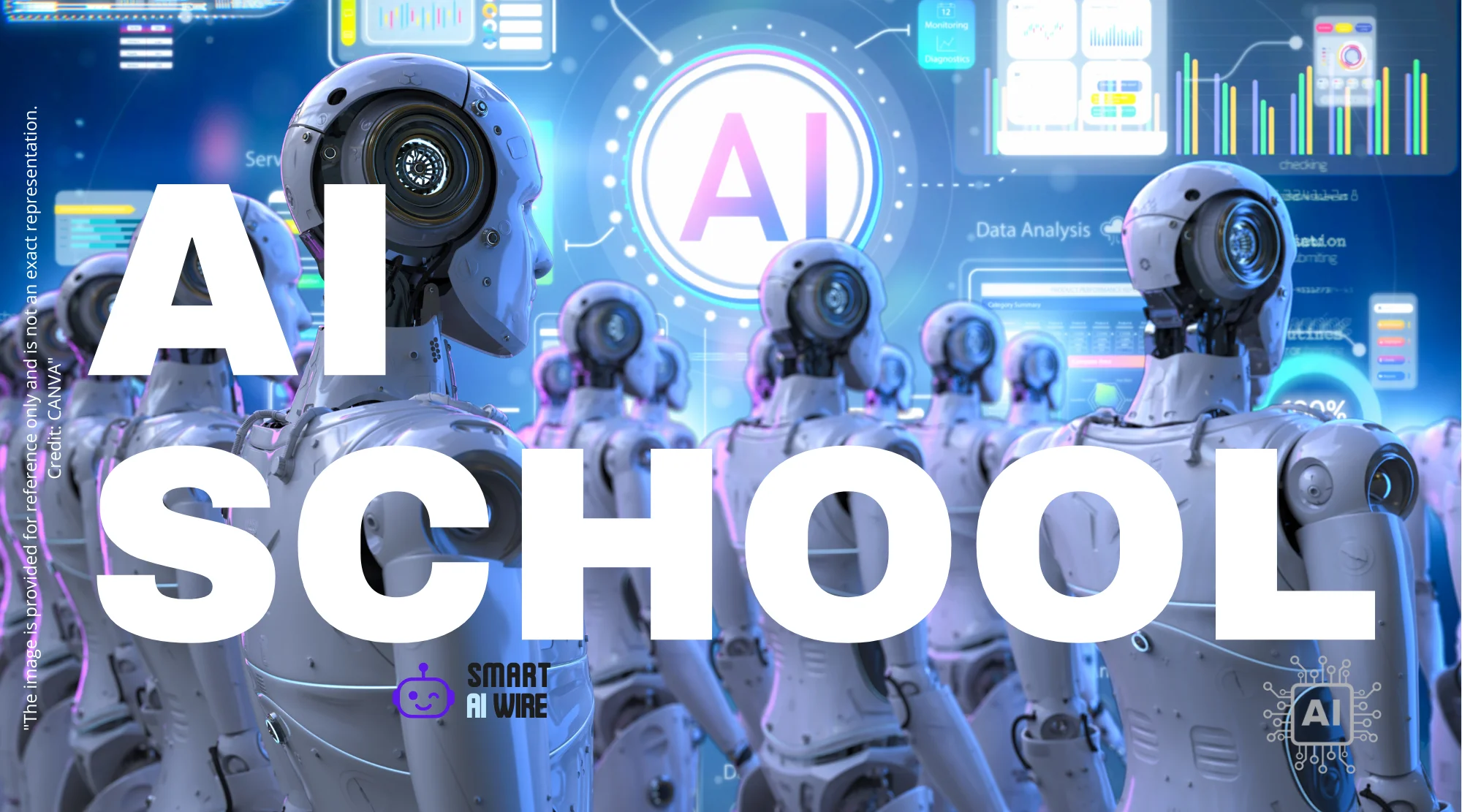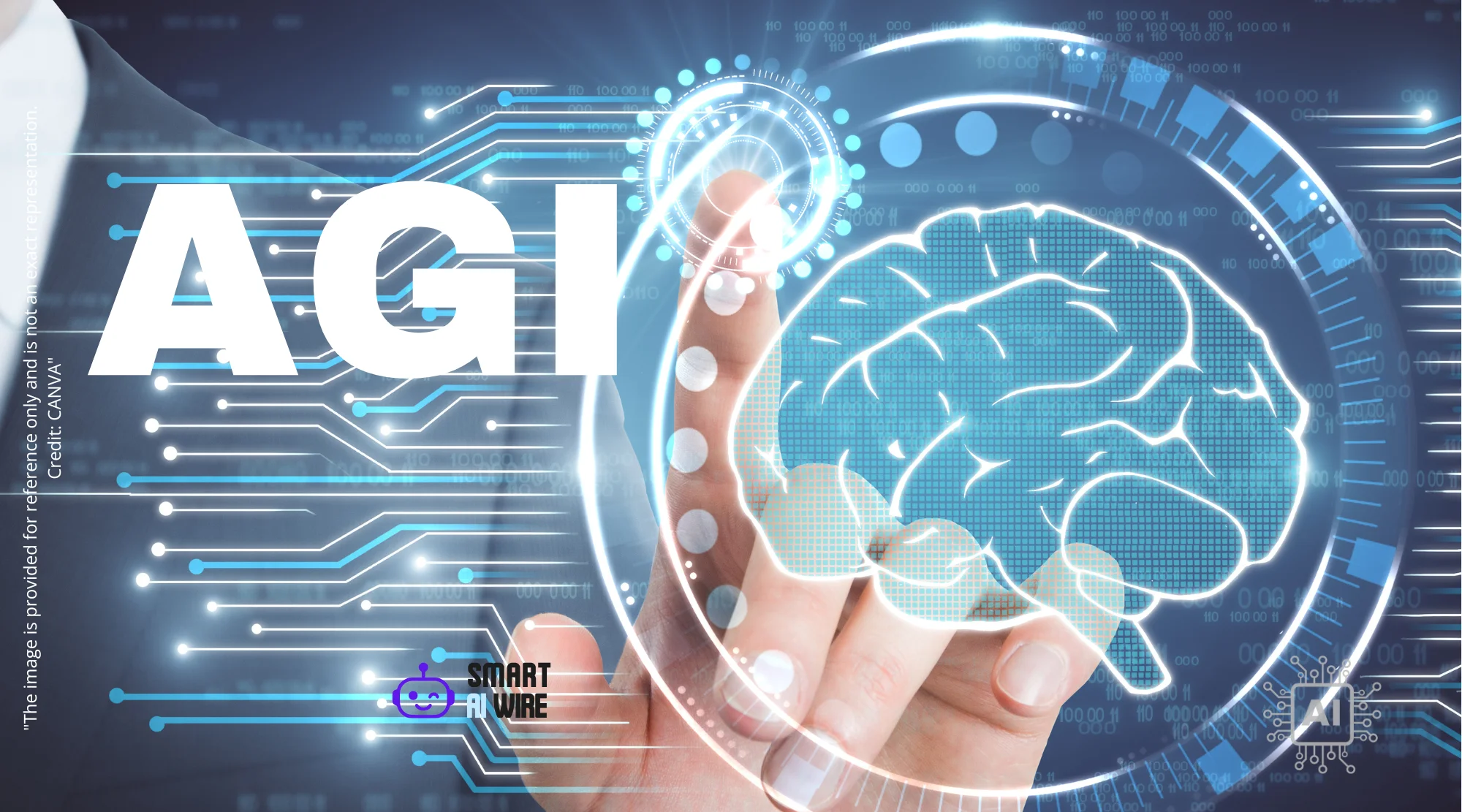AI Foresight: Mantic AI Shakes Up Global Prediction Competition, Hinting at Future Intelligence
A British artificial intelligence startup, Mantic AI, founded by a former Google DeepMind researcher, has achieved a remarkable eighth-place ranking in the Metaculus Cup, an international forecasting competition. This prestigious event challenges participants to predict the likelihood of 60 diverse events occurring over a summer period. Mantic AI’s impressive performance, even surpassing many seasoned human forecasters, signals a significant leap in AI’s predictive capabilities and sparks renewed discussion about the trajectory towards Artificial General Intelligence (AGI).
The competition demanded precise predictions on a wide array of scenarios, from geopolitical shifts to celebrity engagements. Mantic AI’s ability to navigate this complexity with a high degree of accuracy underscores the rapid advancements in AI’s analytical and predictive powers. While not clinching the top spot, its performance has experts and competitors alike acknowledging the growing prowess of AI in domains previously considered exclusively human. This achievement positions Mantic AI at the forefront of a new wave of AI development, prompting a closer look at how these systems are learning to understand and anticipate the world around us.

The Metaculus Cup: A Crucible for Predictive Prowess
The Metaculus Cup serves as a unique benchmark for forecasting accuracy, where participants grapple with predicting a broad spectrum of future occurrences. This year’s competition featured a diverse set of 60 events, ranging from the political arena, such as predicting the potential departure of a key figure from a major political party, to the more interpersonal, like forecasting public disputes between prominent personalities. Mantic AI’s inclusion and subsequent high ranking in this formidable competition are a testament to its sophisticated algorithms and training methodologies.
The competition’s structure is designed to rigorously test predictive models. Participants are tasked with assigning probabilities to specific outcomes, and their accuracy is measured over time. The fact that an AI system could not only participate but also secure a top-ten position alongside experienced human forecasters is a significant development. Deger Turan, the chief executive of Metaculus, described Mantic AI’s achievement as “impressive,” highlighting the growing sophistication of AI in these complex, real-world prediction tasks.
Ben Shindel, a professional forecaster who found himself ranked below the AI, voiced a sentiment shared by many: “It’s certainly a weird feeling to be outdone by several bots at this point.” He further elaborated on the rapid progress, noting the stark contrast to just a year prior, when the top-ranking AI was at approximately the 30th position. This indicates an exponential improvement in AI’s forecasting abilities within a remarkably short timeframe.
Beyond Data Mimicry: AI’s Leap into Genuine Reasoning
A key insight from Mantic AI’s success lies in its approach to prediction. Toby Shevlane, co-founder of Mantic AI, addressed the common critique that large language models (LLMs) merely regurgitate their training data. He asserted that predicting the future requires “genuine reasoning,” a capability that Mantic AI appears to be cultivating. This distinction is crucial; it moves beyond simple pattern recognition to a more profound understanding and inference-making process.
Shevlane explained that human forecasters often exhibit a tendency to cluster around the community average, a phenomenon that can limit originality and predictive accuracy. In contrast, Mantic AI’s predictions were described as “more original than most human entrants,” suggesting an ability to diverge from the norm and identify unique predictive pathways. This suggests that the AI is not just learning from past data but is actively constructing novel hypotheses and evaluating them.
The operational strategy behind Mantic AI’s predictive power involves a sophisticated division of labor among various machine-learning models. Different tasks within the forecasting process are assigned to specialized models, including those from industry leaders like OpenAI and Google, as well as DeepSeek. This modular approach, where each AI component leverages its specific strengths, allows for a more robust and nuanced predictive framework. This exemplifies how the integration of diverse AI capabilities can lead to superior outcomes, a principle that is increasingly shaping AI development across various sectors, from healthcare to finance. For instance, advancements in AI for project management are also seeing similar cross-pollination of specialized tools to enhance efficiency and accuracy.

The AGI Horizon: Are We Closer Than We Think?
Mantic AI’s success in the Metaculus Cup is not just a technical feat; it is a significant data point in the ongoing debate about the arrival of Artificial General Intelligence (AGI). AGI, often referred to as human-level AI, represents a hypothetical stage of AI development where machines possess intelligence that can understand, learn, and apply knowledge across a wide range of tasks, much like a human. Unlike current AI, which is typically specialized for specific functions, AGI would be capable of general problem-solving and adaptation.
The increasing accuracy of AI models in complex prediction tasks like those in the Metaculus Cup fuels speculation about the proximity of AGI. A notable research paper published by Google DeepMind has already projected that AGI could emerge as early as 2030. While this remains a projection, performances like Mantic AI’s provide tangible evidence of AI’s accelerating capabilities in areas requiring sophisticated cognitive functions. The ability to forecast future events with a degree of accuracy previously thought impossible for machines suggests that AI is moving beyond narrow applications and developing a more holistic understanding of complex systems.
The implications of AGI are vast and transformative, potentially reshaping every facet of human society. From revolutionizing scientific discovery to altering the very nature of work, AGI promises a future of unprecedented change. The ongoing development of AI tools, like those being integrated into product management and business operations, offers a glimpse into this future, demonstrating how AI can augment human capabilities and drive innovation. The journey towards AGI is not a singular event but a continuous progression, with each breakthrough contributing to the larger picture.
The Ethical and Practical Dimensions of AI Forecasting
As AI systems become more adept at predicting future events, critical questions arise regarding their ethical deployment and societal impact. The ability to forecast with high accuracy could have profound implications for areas such as financial markets, public policy, and even personal decision-making. While the potential benefits are immense, so too are the risks if these powerful tools are not developed and implemented with careful consideration for fairness, transparency, and accountability.
One of the primary concerns revolves around bias. If the data used to train AI forecasting models contains inherent biases, the predictions generated will inevitably reflect and potentially amplify those biases. This could lead to discriminatory outcomes in areas like loan applications, hiring processes, or even criminal justice. Ensuring that AI models are trained on diverse, representative, and ethically sourced data is paramount to mitigating these risks. Organizations are increasingly looking into how to leverage AI responsibly, with many exploring AI tools for product management to ensure ethical considerations are integrated from the outset.
Furthermore, the transparency of AI decision-making processes, often referred to as the “black box” problem, remains a significant challenge. Understanding how an AI arrives at a particular prediction is crucial for building trust and enabling human oversight. Without this understanding, it becomes difficult to identify errors, correct biases, or hold developers accountable for the consequences of AI-driven decisions. Initiatives like exploring the intricacies of tokens and embeddings, which form the core of AI language understanding, are essential steps towards demystifying these complex systems.
The potential for AI to be used for manipulation or to exacerbate existing inequalities also warrants serious consideration. For example, while the World Trade Organization (WTO) predicts AI could boost global trade, it also warns of risks in widening inequality. Navigating these complex societal impacts requires proactive dialogue and the establishment of robust regulatory frameworks. As AI continues to evolve, so too must our collective understanding and approach to its integration into the fabric of society. The development of AI ethics, for instance, is becoming increasingly vital in guiding responsible innovation.
The Future of Forecasting: Humans and AI in Collaboration
Mantic AI’s performance in the Metaculus Cup highlights a potential future where human expertise and AI capabilities are not in competition but in collaboration. While AI may excel at processing vast amounts of data and identifying complex patterns, human intuition, creativity, and ethical judgment remain invaluable. The most effective forecasting models of the future may well be those that seamlessly integrate the strengths of both humans and AI.
The trend towards AI-powered tools in various professional fields, such as AI for educators and AI for project managers, demonstrates this collaborative paradigm. These tools are designed to augment human capabilities, automating tedious tasks and providing data-driven insights that empower professionals to make better decisions. Similarly, in product management, AI tools are revolutionizing strategy and boosting outcomes by providing predictive analytics and market insights.
The journey towards more sophisticated AI, potentially leading to AGI, is an exciting yet challenging one. Companies like Nokia are undergoing AI overhauls to prepare for future networks, indicating a broader industry-wide recognition of AI’s transformative potential. As AI continues to advance, its ability to forecast, analyze, and even create will undoubtedly reshape our world in ways we are only beginning to comprehend. Mantic AI’s recent success serves as a powerful reminder of the rapid progress being made and the extraordinary possibilities that lie ahead in the ongoing AI revolution. The continuous innovation in AI, from devices like OpenAI’s new AI device challenging smartphones to the subtle optimizations in iPhone battery management, showcases the pervasive and ever-evolving nature of this technology.



